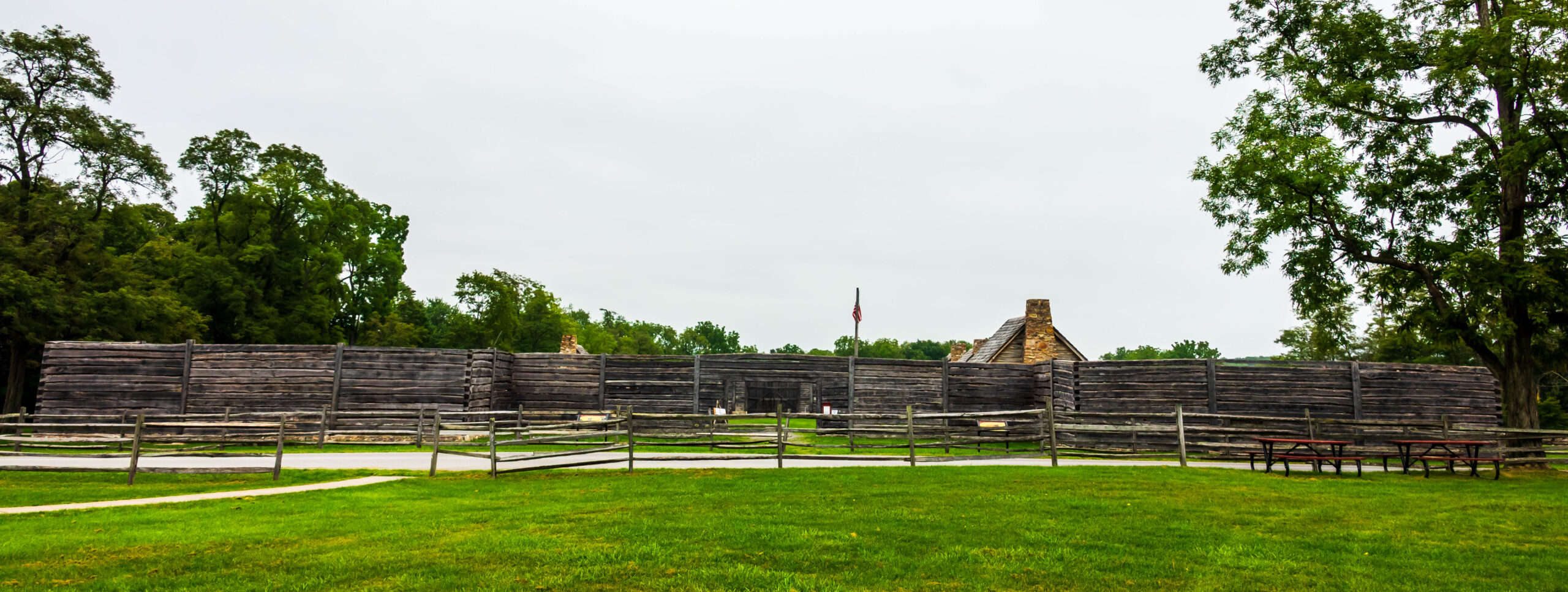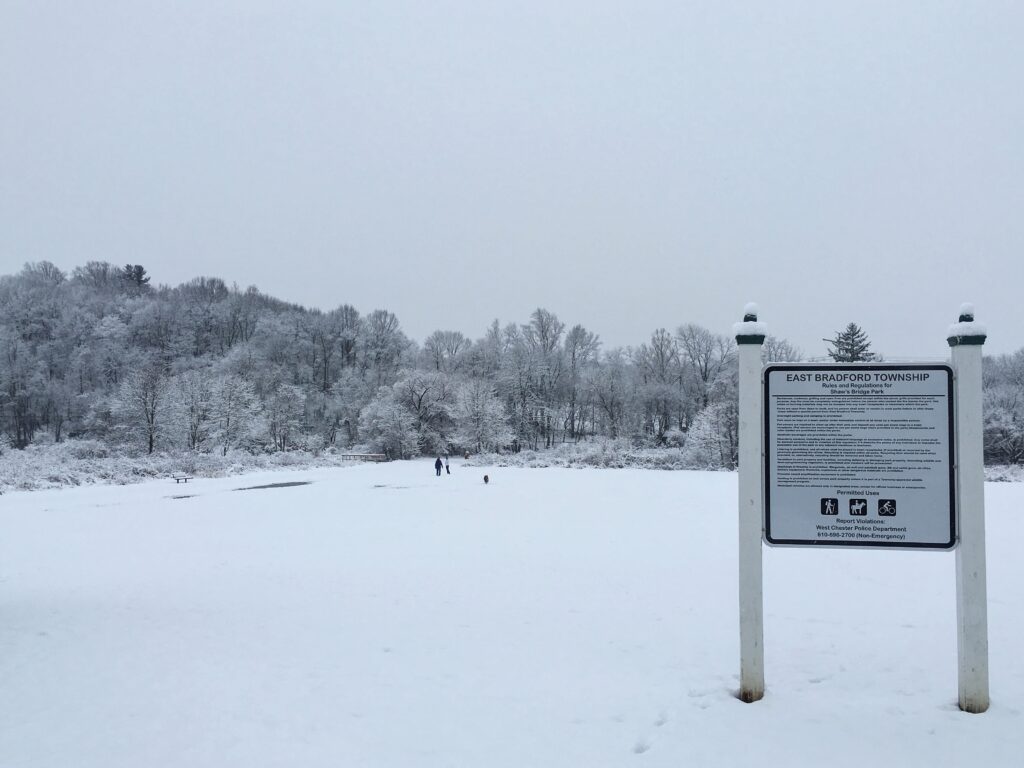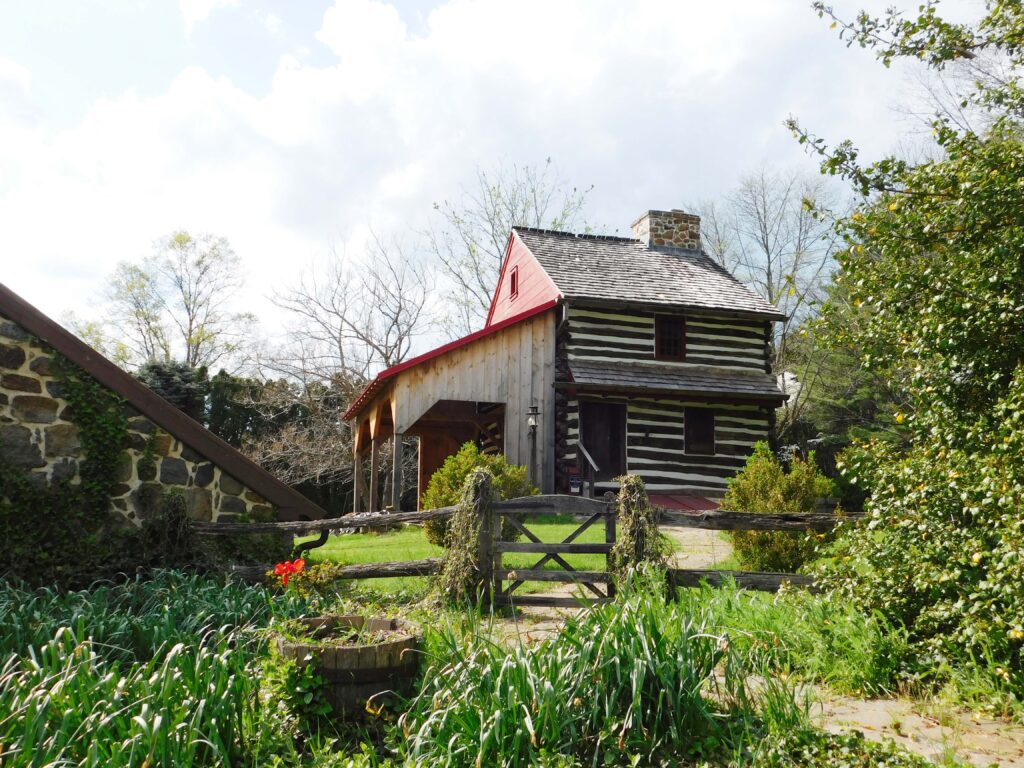It took a team of “Battlefield Detectives” – using high-tech instruments and drones – to solve the mystery of the exact location of a Revolutionary War-era fort in Blair County, Pennsylvania.
Fort Roberdeau was constructed during the American Revolution to protect the lead mines that were crucial to the production of munitions. A replica of the fort in 1976 was constructed on the site in celebration of the American Bicentennial. However, historians had little information on the exact location of the fort or the lead mines nestled among the farmlands of central Pennsylvania.
That’s when a team of geology students from Juniata College, led by Professor Ryan Mathur, took on the challenge. Mathur brought his team of battlefield detectives to the historic site and began the search for clues to the whereabouts of the original fort and mines.
“This was the first metal mine commissioned by the U.S., and it became the first operational metal mine in the newly formed country,” said Mathur, a professor of geology at Juniata College.
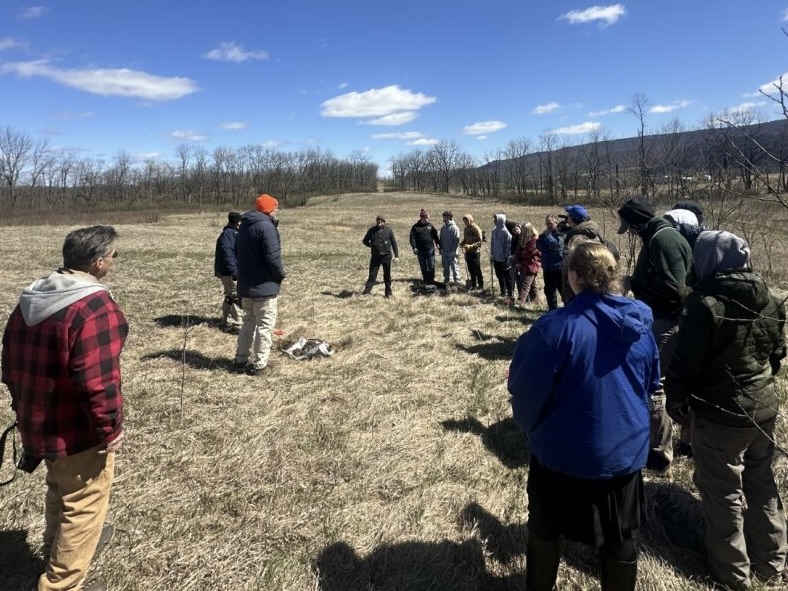
North American Land Trust (NALT) holds conservation easements on two properties surrounding Fort Roberdeau, preserving approximately 153 acres of open space for future generations. Researchers determined that some of the fort’s outbuildings and mining operations are located on the NALT conservation easements.
Fort Roberdeau is one of several historic sites protected by NALT with conservation easements. In 2021, NALT raised nearly $4 million to protect a 71-acre battlefield in Delaware County, Pennsylvania, that played a role in the 1777 Battle of Brandywine. Today, Brinton Run Preserve is open to the public where visitors can walk the rolling hills of the historic battlefield.

Working with the American Battlefield Trust, NALT is currently considering the acquisition of another historic property in Chadds Ford Township, Pennsylvania. The 17-acre property also played a role in the Battle of Brandywine and was the home and studio of the famed artist N.C. Wyeth.
Professor Mathur said he was inspired to research the exact location of Fort Roberdeau after attending a talk by George Pedlow at a Mineral Society meeting in State College in 2015. Mathur decided to begin the search for the Fort Roberdeau and its lead mines, and he enlisted several of his colleagues, including Jonathan Burns and Martin Helmke, to assist him and the college students.
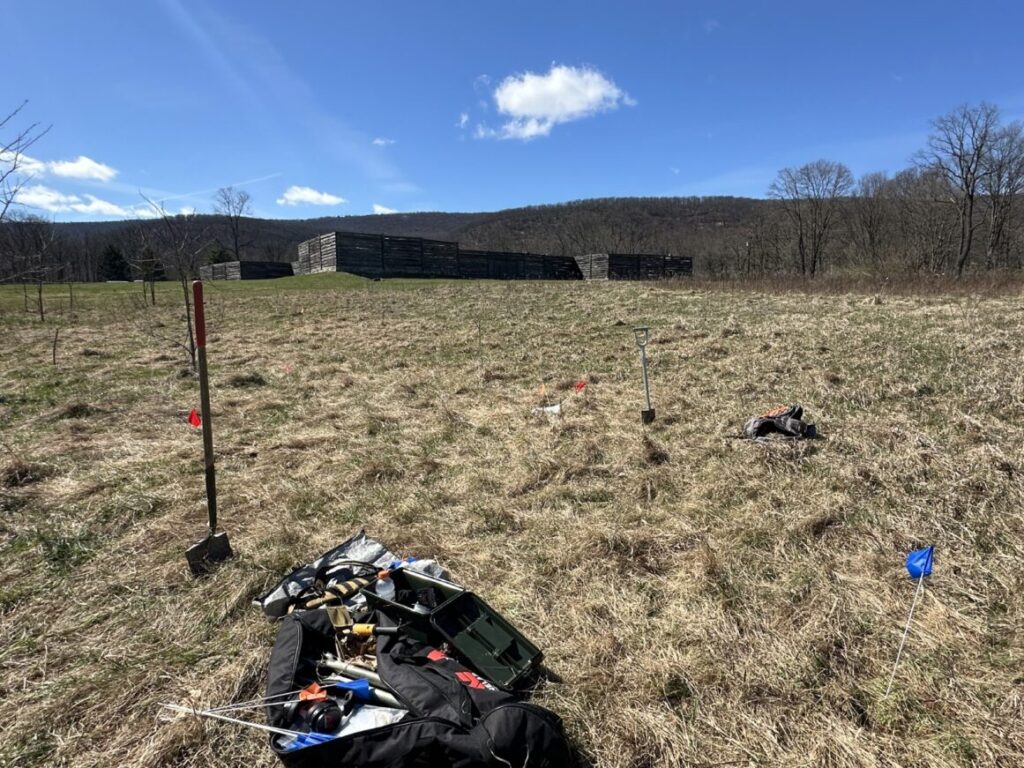
The team began using metal detectors to search for artifacts and minerals. They also employed the use of LiDAR (light detecting and ranging) and thermal imagery, which eventually led them to the corner of the original fort.
Researchers also used a drone to identify depressions in the ground leading into the original fort. The depressions were caused by the wagon wheels going through the fields, creating two ruts that marked where the fort’s entrance was located. The road had been obscured by generations of farming and mining exploration.
And that’s just the beginning of the discoveries.
“I think we found where the blacksmith’s shop was and where the outpost was,” Mathur said. “We also located the mine closest to the fort.”
Mathur said his team discovered several bullets at the site. Mathur said tests on the munitions showed that most of the bullets were made in Europe. That means that the Americans likely stole the munitions from the English.
“Well, they were revolutionaries after all,” Mathur said.
Fort Roberdeau is managed by the non-profit Fort Roberdeau Association and a team of Blair County employees and volunteers. Fort Roberdeau is open to the public for tours from May 1 through October 31, 2024. For more information, visit the fort’s website.
###

